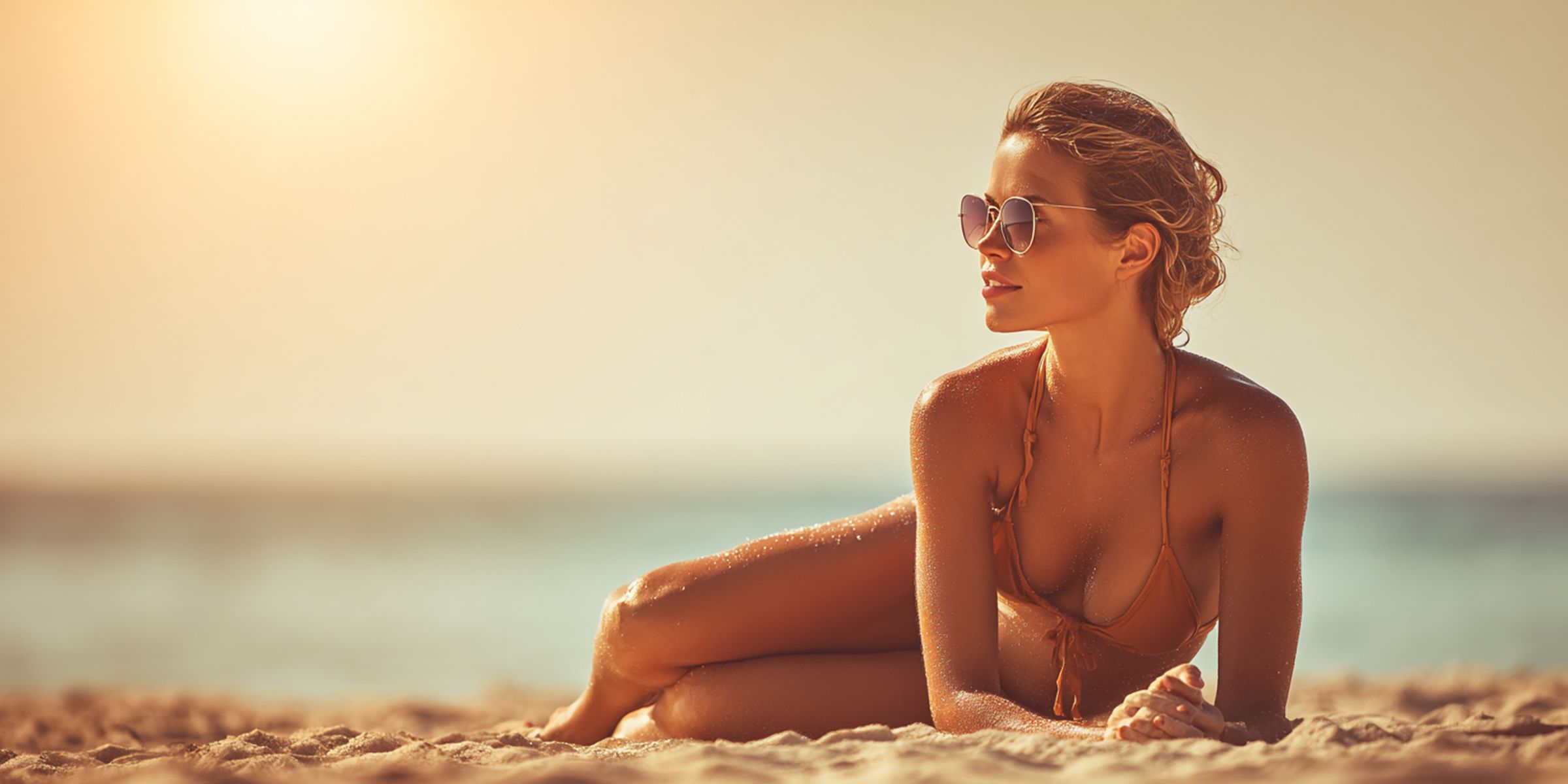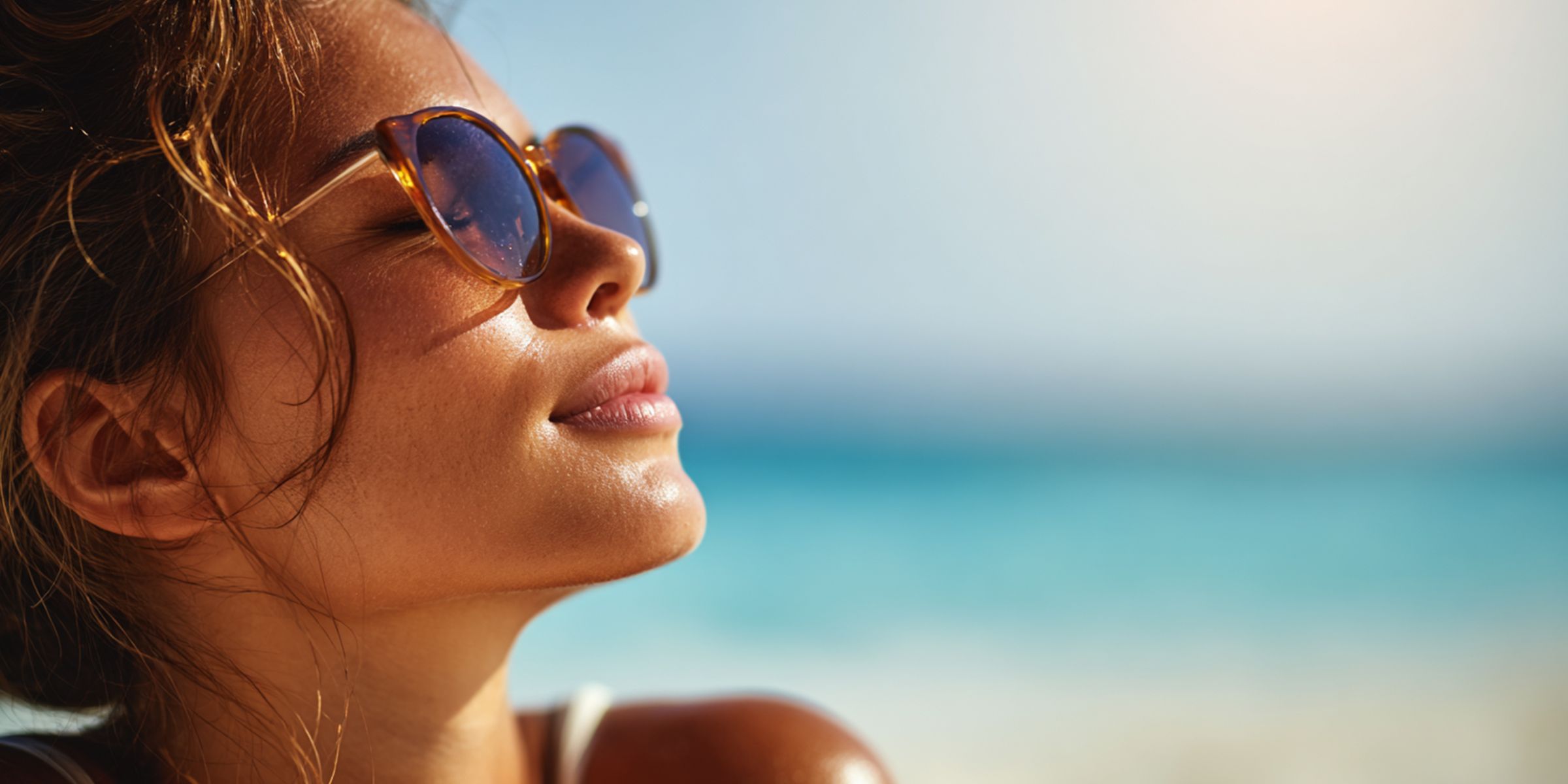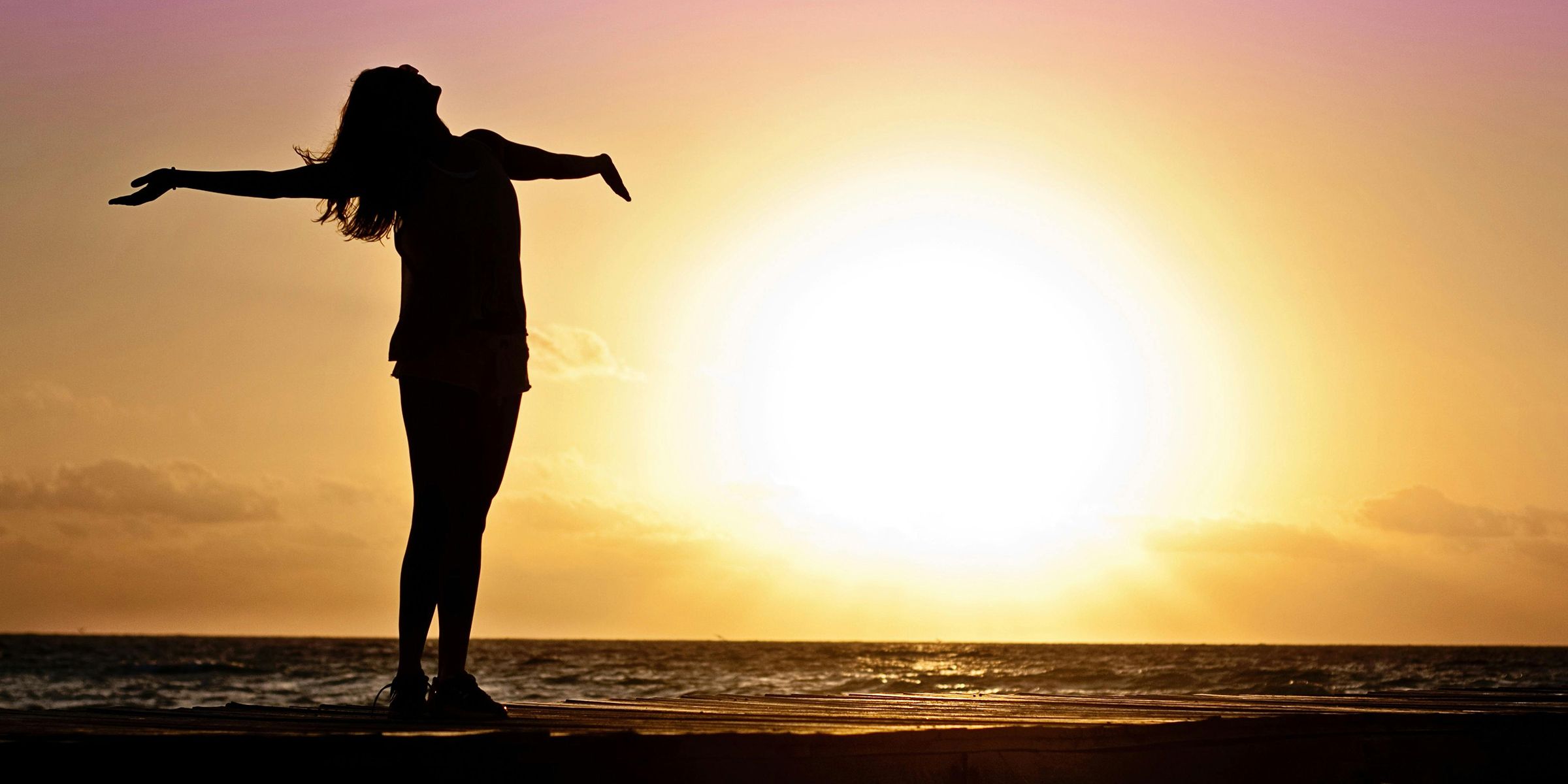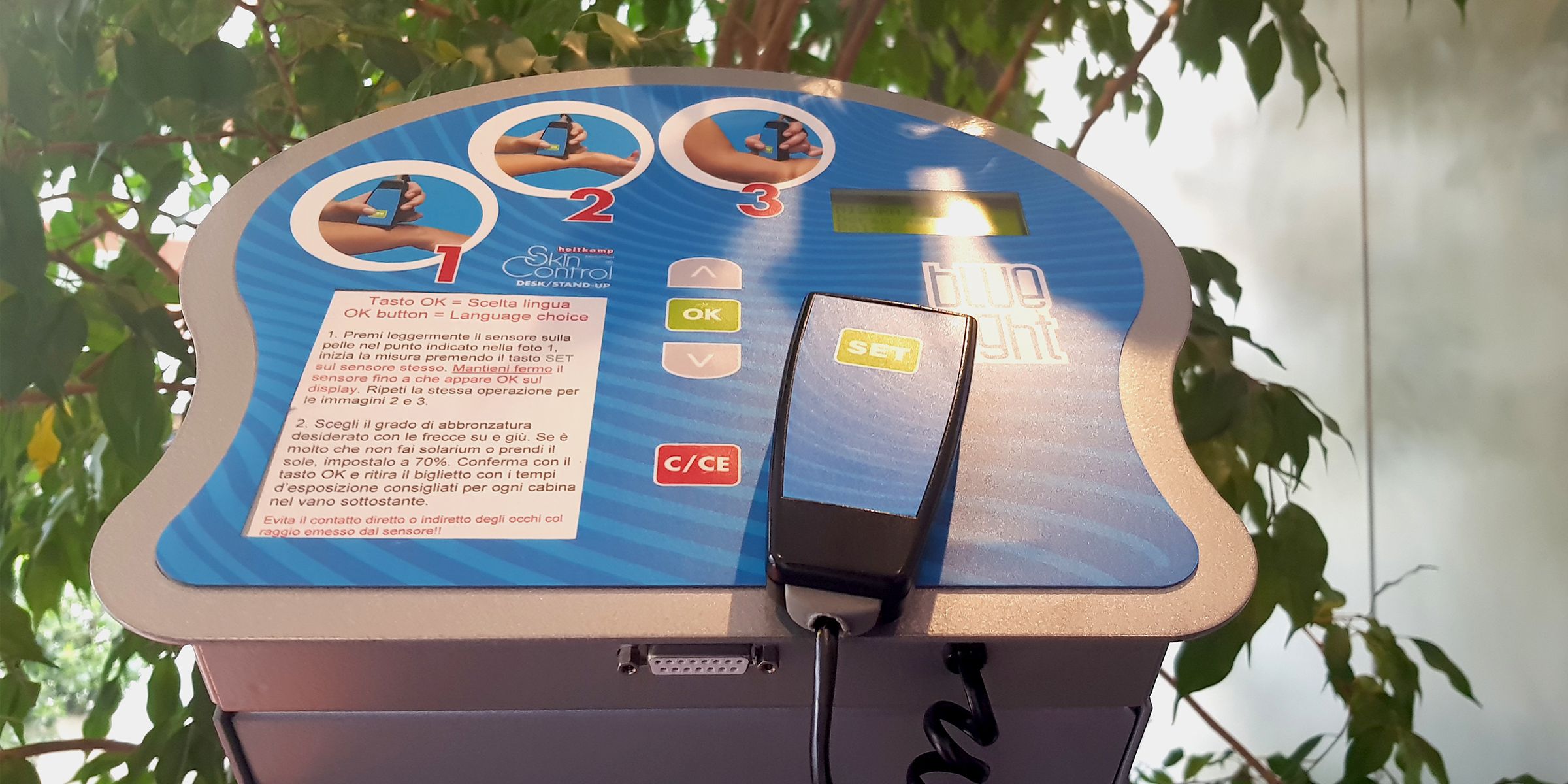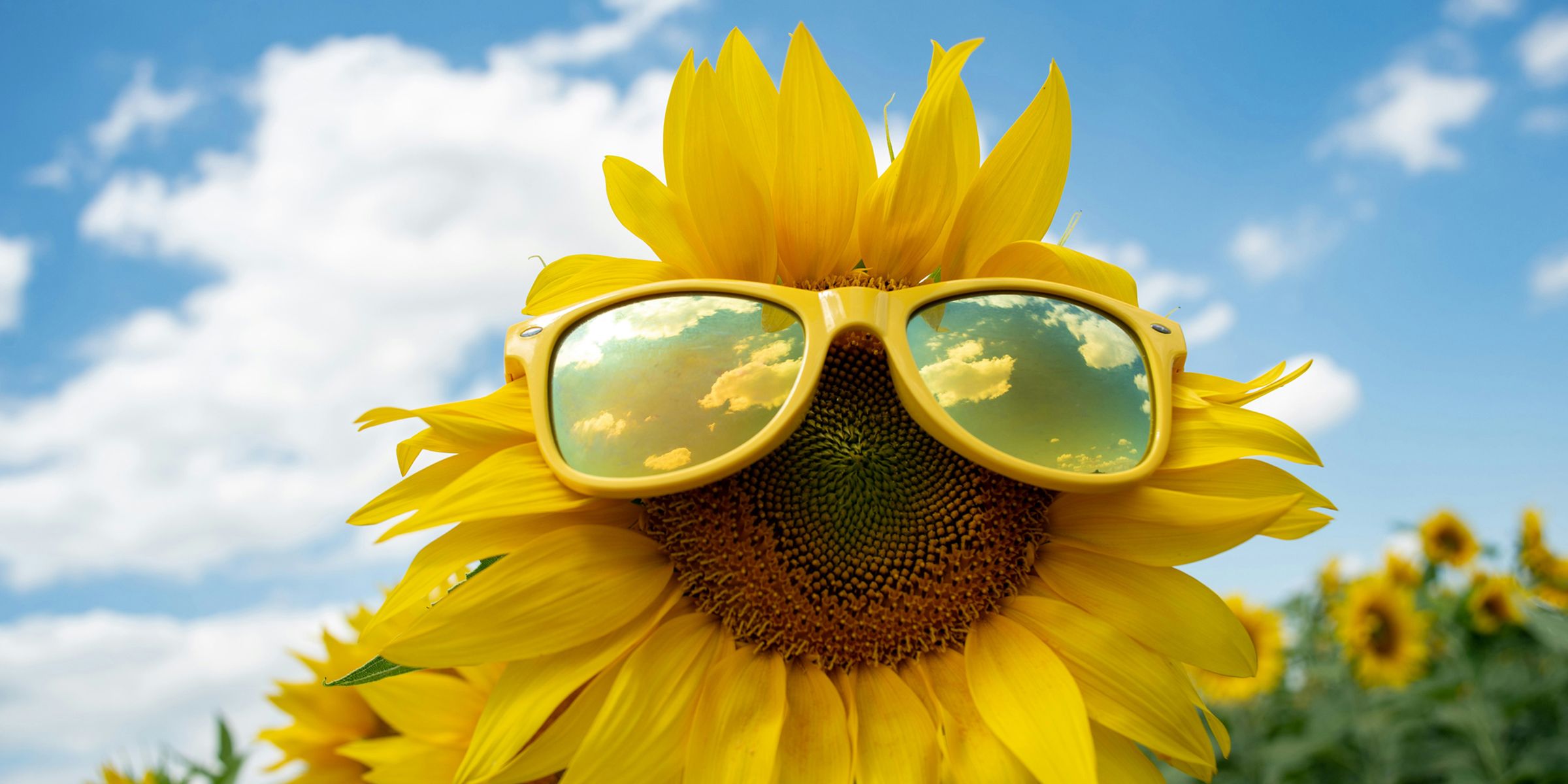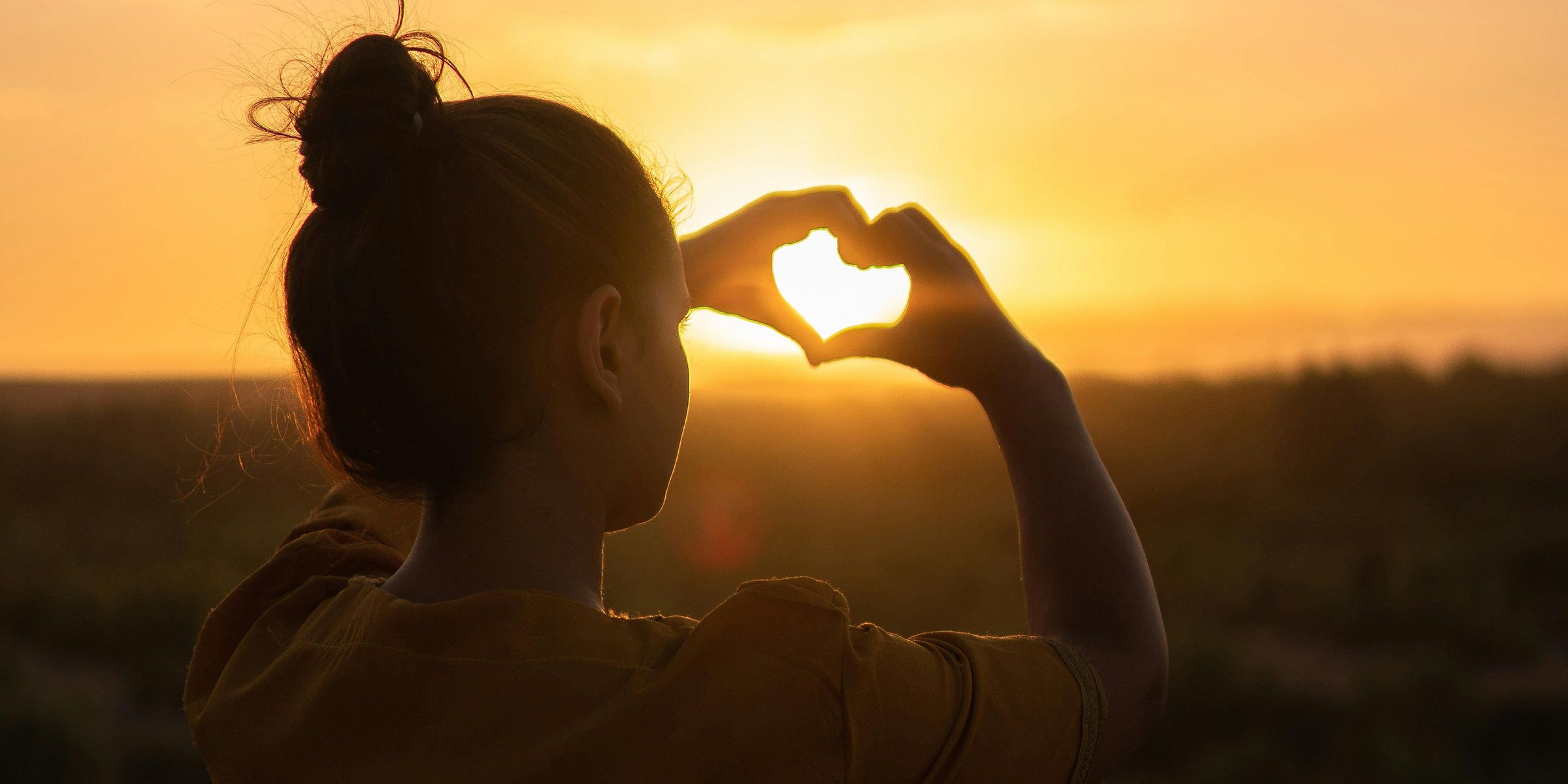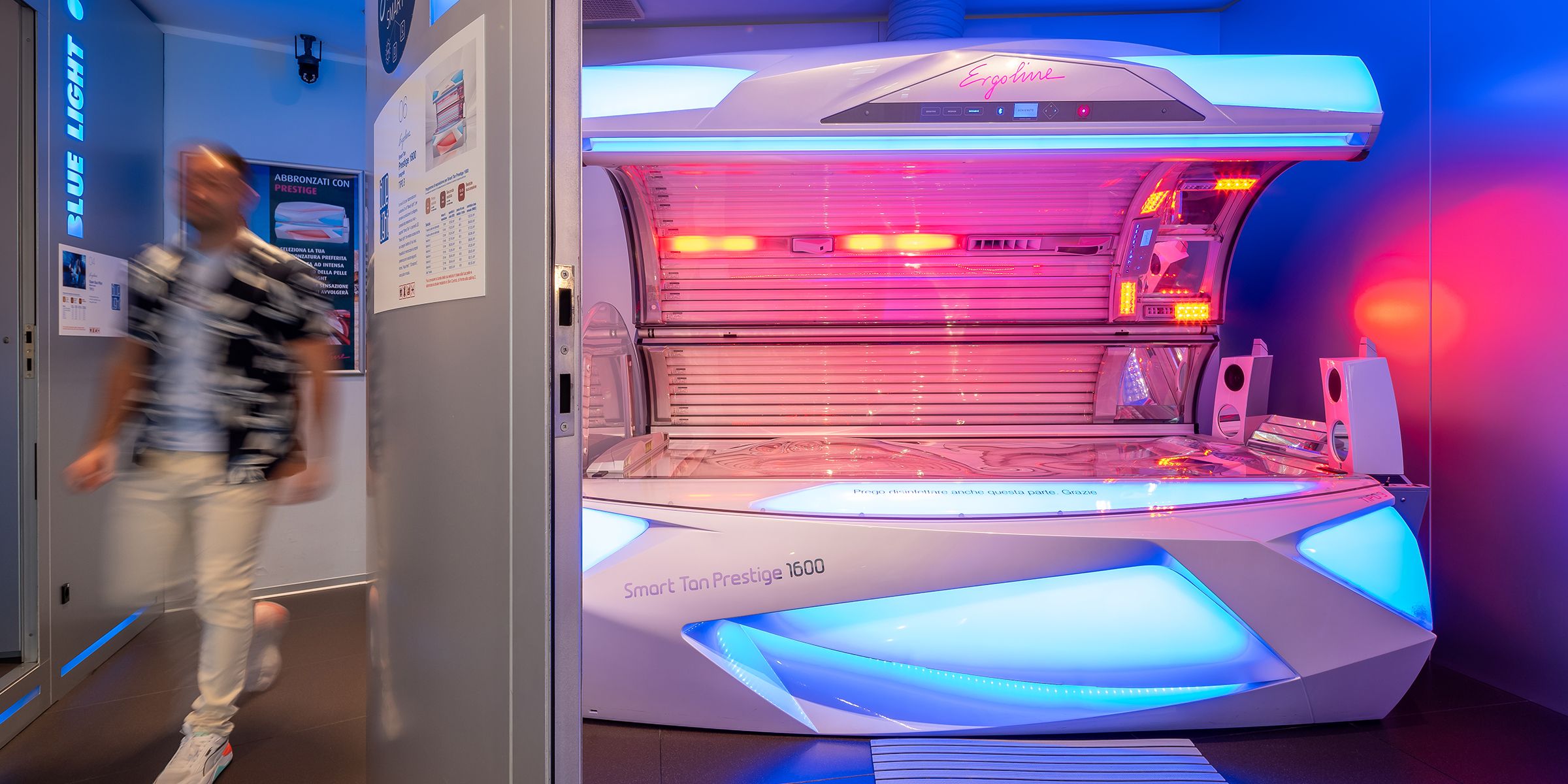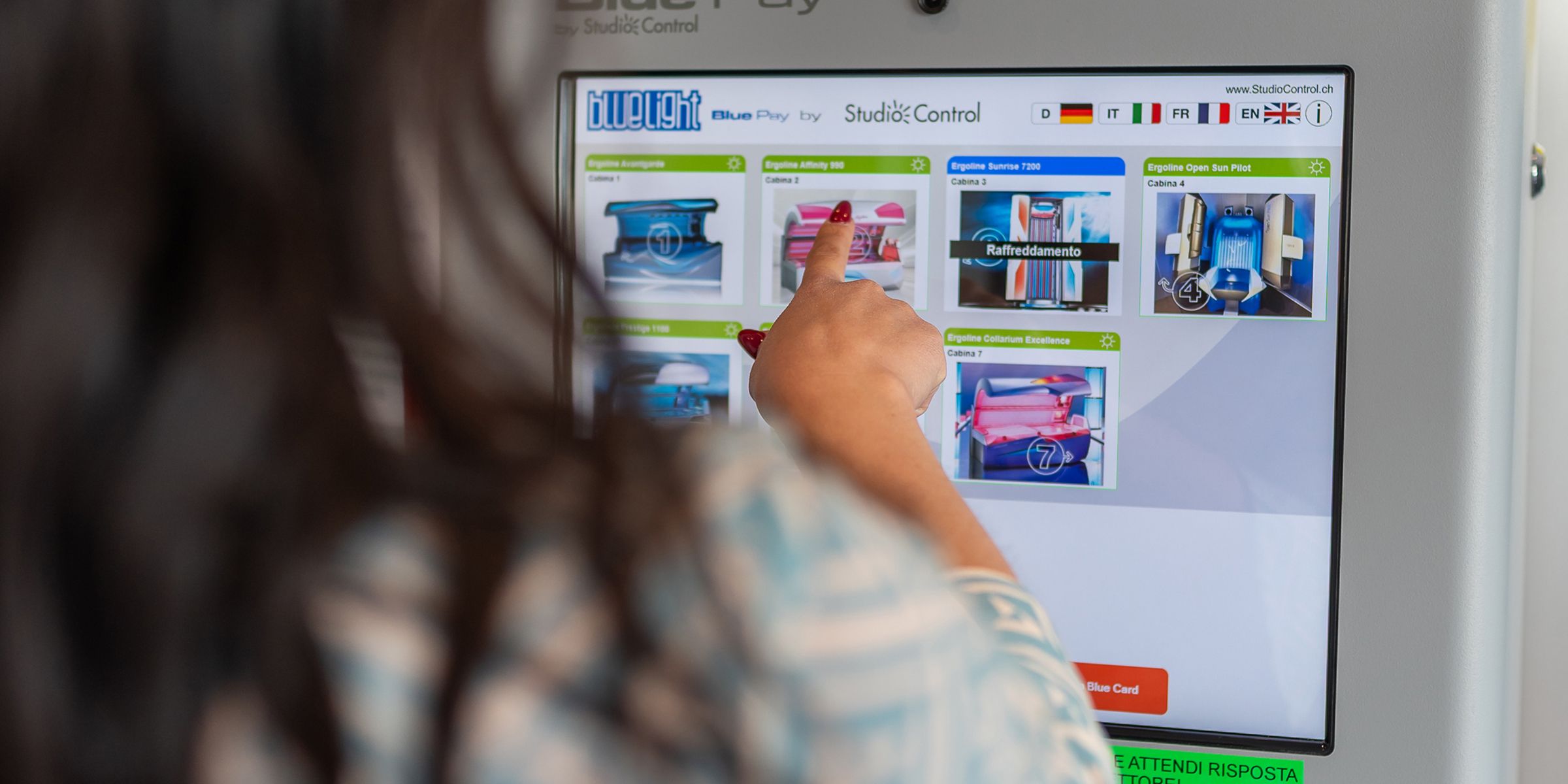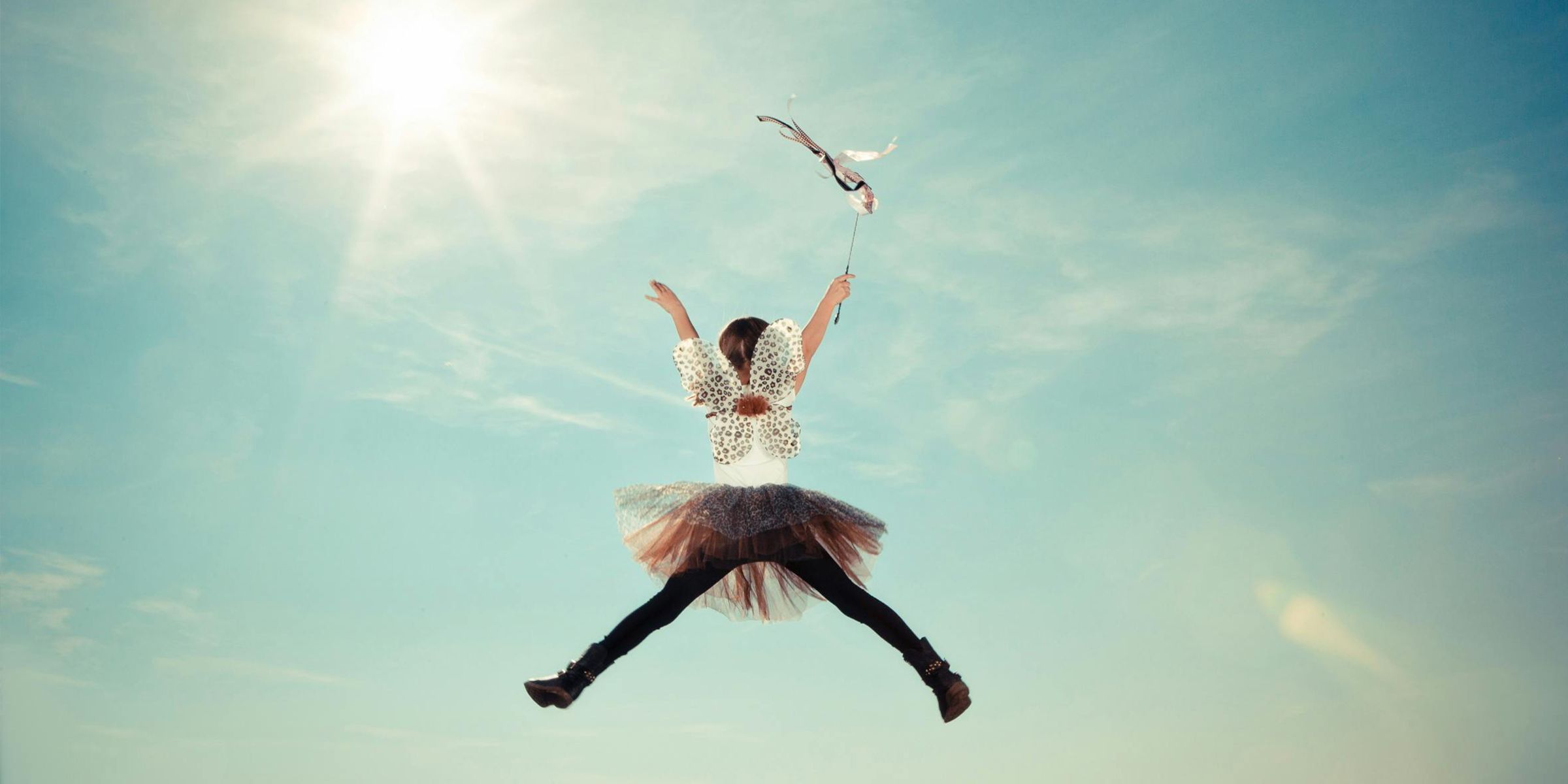
| Health & Wellness
Vitamin D in winter: why the solarium is your 'light gym'
How to safely supplement UV B exposure when natural sunshine is not enough.
When the days get shorter and the sky remains overcast, our bodies struggle to produce vitamin D. The result? Fatigue, brittle bones, an under-performing immune system. In this guide you will discover how to use the solarium responsibly to make up for the winter deficiency while minimising the risks of over-exposure.
What is vitamin D and why it is needed
Produced 80 % by UV B exposure, it regulates calcium absorption, modulates the immune system and participates in the synthesis of over 200 functional proteins.
How much is needed
Optimal serum levels (75 125 nmol/L) require approximately 600-2000 IU/day. The winter sun in Ticino does not have sufficient UV-B irradiation for vitamin D to be synthesised by our skin.
The role of the solarium
Blue Light's Type 3 cabins emit a controlled proportion of UV-B (≤ 0.3 W/m²). Two 10-15 minute sessions per week can bring 25(OH)D back into the physiological range in 4 6 weeks, as indicated by studies published in Dermato-Endocrinology.
Safety First
- Use the Skin Control to find out your phototype and the ideal minute length.
- Wear protective goggles.
- Allow at least 48 hours between sessions.
- It incorporates water and antioxidants (vitamin C, polyphenols) into the diet.
The solarium should not replace the natural sun or correct lifestyles, but it is a valuable tool when the winter climate drastically reduces exposure to UV B radiation. With controlled timing and Type 3 technology, Blue Light offers a fast, autonomous and safe way to maintain vitamin D at optimal levels.
Do you want to try? Plan your first winter session: find a free cabin on Blue Pay, follow the Skin Control time and feel energised straight away.
